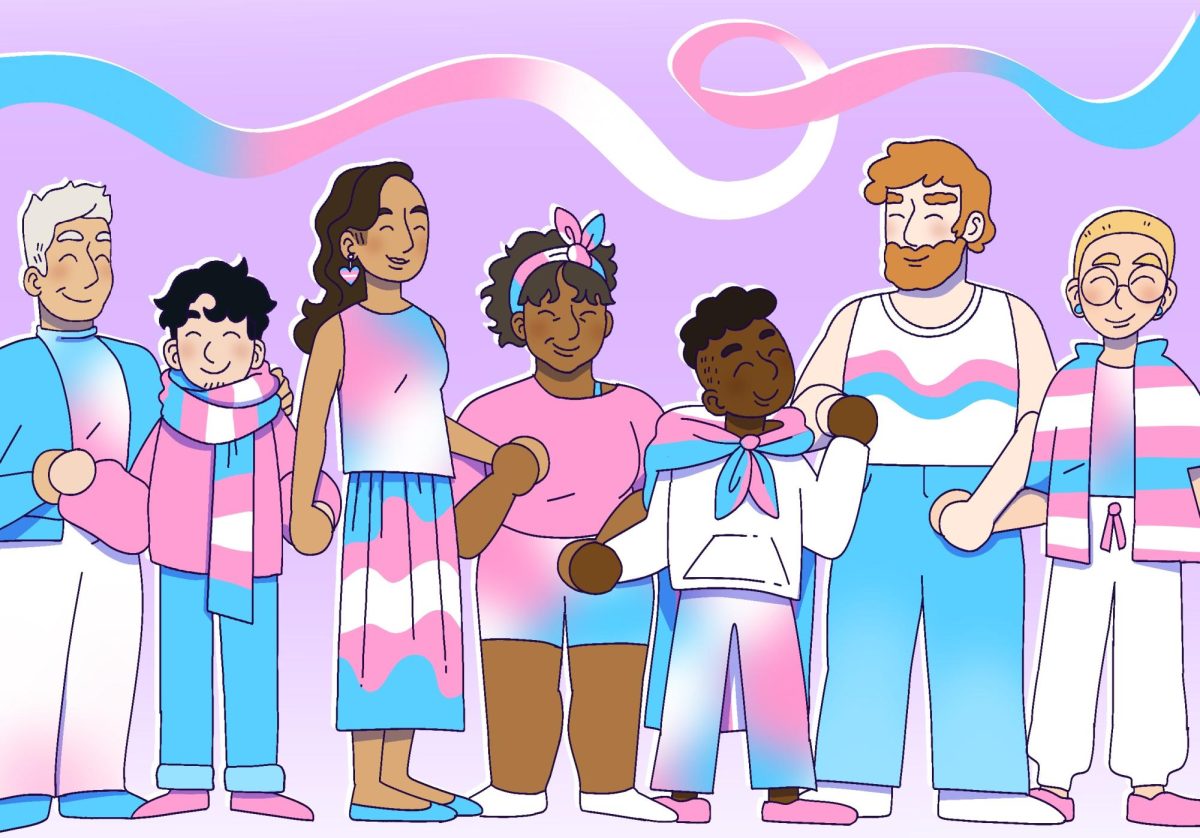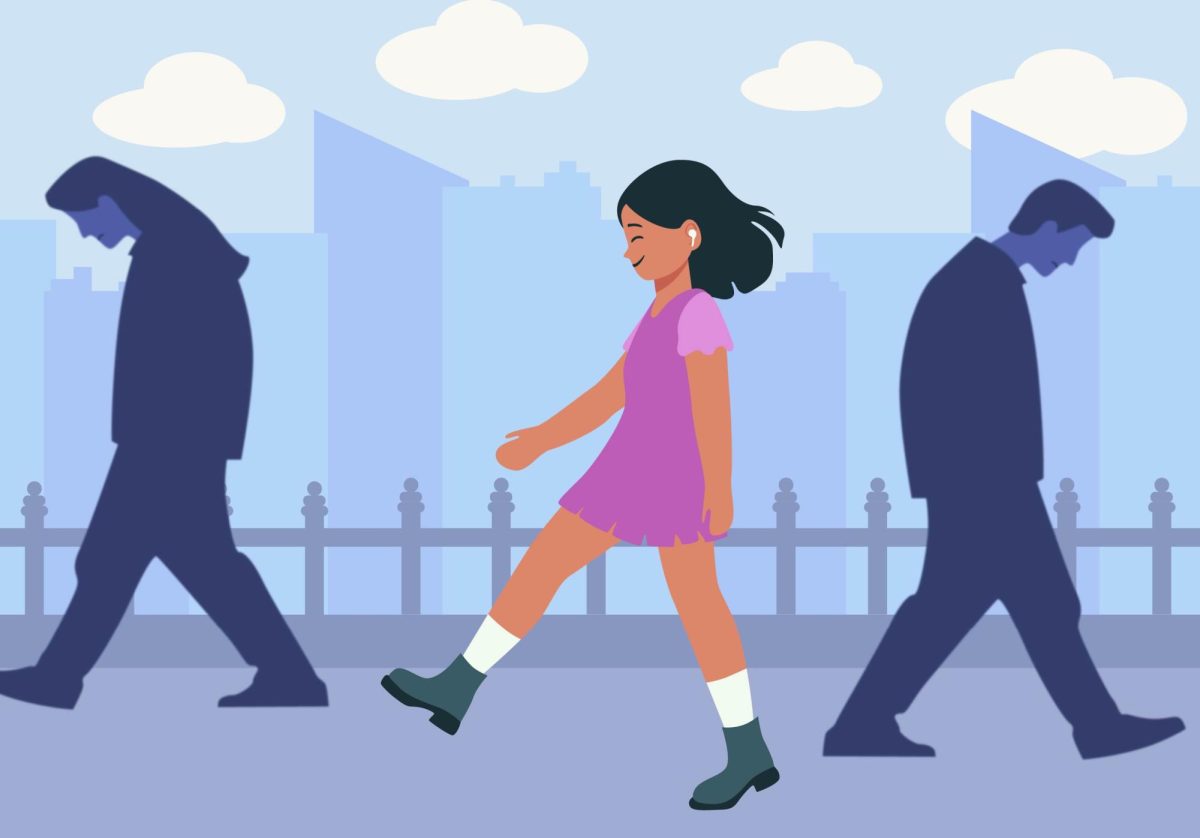In our middle school minds, any living thing that stood above 5’6’’ was more akin to a giraffe than a human being. All things considered, height wasn’t the worst issue to have, even back in those days. You could’ve been the first to develop a 5 o’clock shadow, a teacher’s pet, or had one of those wheeled backpacks. Worse yet, you could’ve had a legitimate issue like food insecurity or domestic violence to deal with. Regardless, every day that we are no longer 14 and subject to social ridicule for factors outside our control is absolutely thrilling. But although the methods of social pariahism have evolved, height is a continued source of insecurity, especially for women.
Given that the average woman in the United States is just 5’3’’, it’s no surprise that women above 6 feet, or on the upper side of 5, run into societal blockades. In addition to being socially conditioned to feel like a skyscraper, tall women are frequently ostracized by fashion trends. Most clothing is manufactured to comply with variation in proportion to the female waist and hip, but height is often considered a specialty size. As a result, women above the “standard” height live in a continual nightmare of high-water jeans and dresses that fit like T-shirts. Generally speaking, there is a bit less clothing to go around in the world of tall women, which further accentuates already prevalent issues like slut-shaming and predetermined standards of professionalism.
Height also plays a significant role in the nature of relationships. In 2005, a group of researchers from the University of Chicago and MIT studied height as an influence in online dating services. The study found that women who were 6’3’’ received 40% fewer messages than women who were 5’5’’. Participants were studied indiscriminately of sexuality, but unfortunately, the results were heavily focused on heterosexual relations. They found that height is either a factor of the stereotypical attraction schema or the prevalence of modern gender roles. Given that the majority of female models are 5’9’’, it’s likely not the former. Evidently, heterosexual men are more comfortable with shorter female partners. While it would appear that tall women are victims of toxic masculinity, it’s worth noting that the same study revealed that taller men were more positively received by women. In either case, height often precipitates lowered self esteem.
To some, height is considered a blessing, and if you’re being recruited for the University rowing team, it is. But every time a tall woman is asked whether or not she plays basketball, a pair of heels get shoved to the back of a closet. For whatever reason, height has been inextricably associated with a lack of conventional beauty. To that effect, taller women are expected to adapt and utilize this apparent disadvantage in a positive way, such as athletics, or make efforts to minimize the flaw via shoe choice, posture, etc. Expectations of height, weight, and complexion have limited female power for too many generations. As long as normalcy continues to define beauty, imagined ideals of perfection will dictate the value we assign ourselves and the love we think we deserve. Neither concern is worthy to be allocated a space within figures saturated with beauty and so much more.














